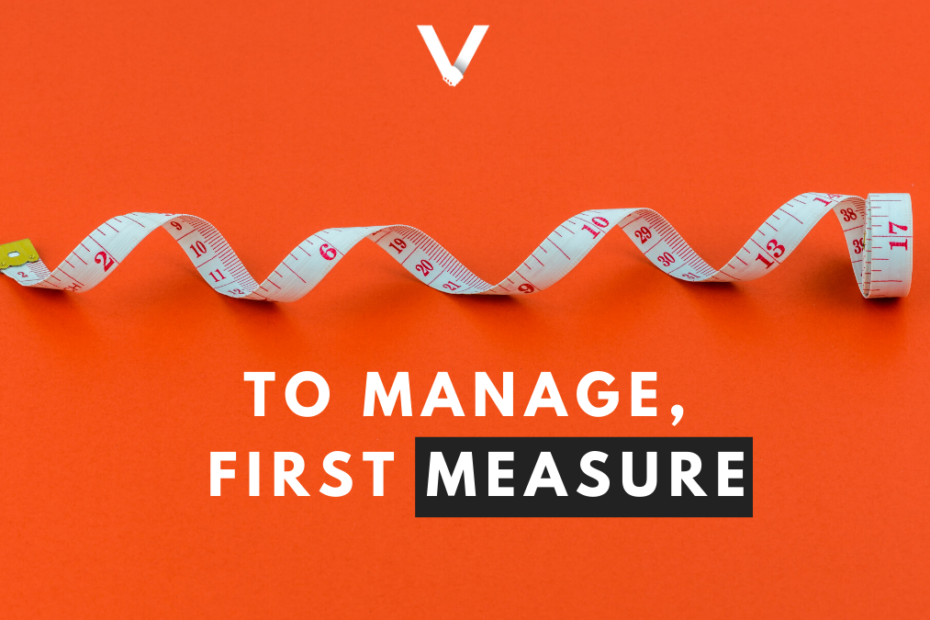As your business prepares to re-open after the COVID-19 lockdown, ensure the most relevant KPIs (Key Performance Indicators), amongst other things, are also prioritized for enhanced focus in the short-term.
In the complex function of KPI management, we identify 4 key metrics that should be given immediate attention over others. While every process and every department might have a whole set of KPIs that cannot be overlooked, they will become ineffective if the organization-centric KPIs are not assiduously tracked. In order for these critical KPIs to be effectively tracked, they must first be systematically measured. These metrics may have been passively measured in the past but they need to be given utmost priority in the immediate future.
Listed below are the 4 KPIs that should be diligently measured amidst the market conditions the coronavirus pandemic has presented.
1. Safety
Safety has always been a KPI that is regularly tracked. However, what is actually being measured has to be re-defined. Conventionally, safety is measured through lagging indicators, which are identified only after the event has occurred. Injuries, accidents, mishaps, and so on – measured only once occurred.
Businesses have to graduate from lagging indicators to employing leading indicators in the post-COVID-19 lockdown era.
Think of a cricket match. There is a required run rate which must be met by the batsmen in the second innings that will take them to victory. Fail to meet this required run rate, they suffer defeat. Similarly, KPIs to measure safety need to be defined as leading indicators to maintain safe working conditions.
Social distancing, for example, cannot be an expectation – it must be a metric and one that is periodically measured for effectiveness.
2. Cash
We’ve discussed the importance of cash in our previous post, but how is the availability and sustainability of cash going to be measured?
The working capital of your business will need re-assessment with regard to the efficiency of the receivable turnover ratio. You must set up metrics that will indicate the availability of cash (or lack of) in the short-term future amidst these uncertain times.
3. Lead Time vs. Value Added Time
In the entire lead time of your operations, what is the time spent on real value addition to your product/service? It is essential to shorten the lead time right now as customers want to be closer to the market and also keep their own cash flows in check. Moreover, a longer lead time means more resources being used.
Ascertain the wastage in your lead time. They need to be eliminated now. While this may have been a long-term goal and part of your Continuous Improvement initiatives, it is crucial to shorten the lead times right now and hence, the focus needs to be on correct measurement.
4. Footprint
The footprint of your business needs to be evaluated on two fronts – geographic and vertical.
It may have been important to establish a global footprint and be present in multiple geographic locations to expand brand presence. However, now is the time to be frugal. Geographic locations that are not yielding profits might have to be re-assessed and curtailed in the short-term to ensure long-term growth.
Assess business verticals that may be non-profitable and strategize how they must be managed. If a vertical is sucking blood from the business, it will have to be measured against a threshold, surpassing which, operations for the respective vertical should be paused. This is the time to leverage your ‘cash cows’ and divest from ‘dogs’.
A comprehensive system must be set in place to accurately measure each of these KPIs in order to manage them. These could perhaps define the short-term survival of your business while casting effects on long-term success.
Wondering how you could set systematic KPIs and convert measuring protocols from lagging to leading indicators, in this new business environment? Get in touch with us here.
Join the VSC World
